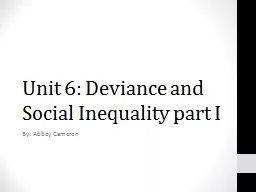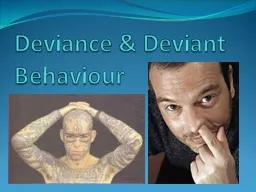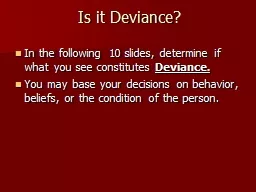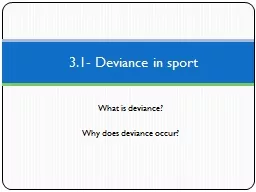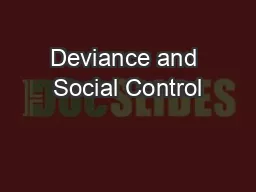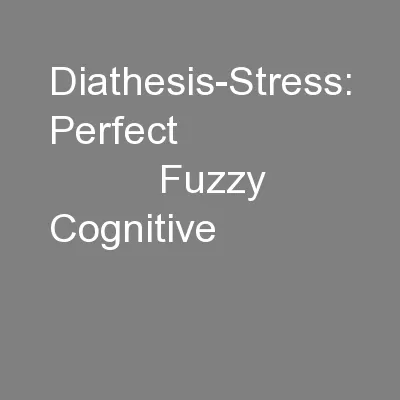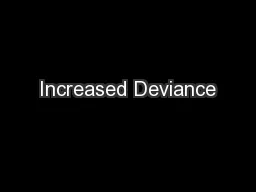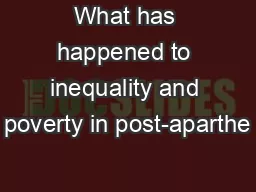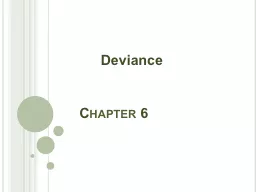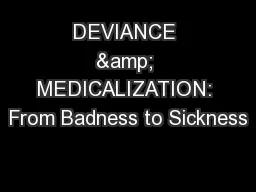PPT-Unit 6: Deviance and Social Inequality part I
Author : lois-ondreau | Published Date : 2015-11-18
By Abbey Cameron Social Control Every society develops norms that reflect the cultural values its members consider important Norms are enforced by 1 Internalization
Presentation Embed Code
Download Presentation
Download Presentation The PPT/PDF document "Unit 6: Deviance and Social Inequality p..." is the property of its rightful owner. Permission is granted to download and print the materials on this website for personal, non-commercial use only, and to display it on your personal computer provided you do not modify the materials and that you retain all copyright notices contained in the materials. By downloading content from our website, you accept the terms of this agreement.
Unit 6: Deviance and Social Inequality part I: Transcript
Download Rules Of Document
"Unit 6: Deviance and Social Inequality part I"The content belongs to its owner. You may download and print it for personal use, without modification, and keep all copyright notices. By downloading, you agree to these terms.
Related Documents

